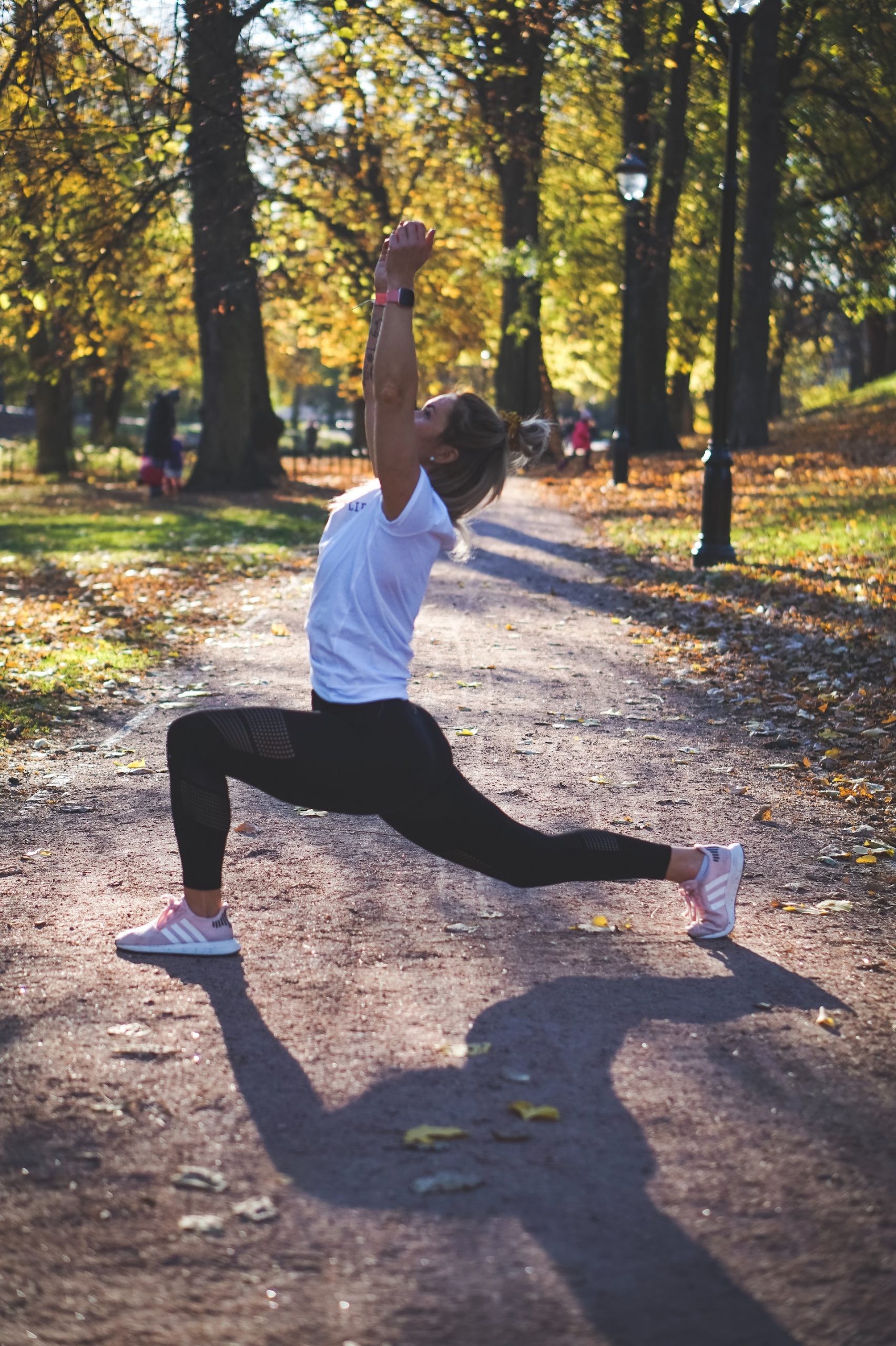Se you’ve seen a fitness trail appear near your home and you’re thinking of using it for outdoor training and keeping fit at the park is because your Municipality has joined the Sport and Health project and ANCI – National Association of Italian Municipalities for the “creation of new equipped sports areas within public municipal parks and beaches, through the provision of fixed structures for carrying out free-body outdoor sports“.
Not that fitness trails are new, though since after the pandemic they are undoubtedly back in fashion along with the return of the calisthenic, and they also have a curious story to tell.
The curious story of fitness trails
The first fitness trail dates back to 1968, e it was conceived in Zurich, Switzerland, as a real training course with stations in the woods. We now think that life path means something that has to do with “improving life” through physical exercise, but in reality Life should be capitalized because it refers to theSwiss insurance company of the same name. The Zurich sports group that designed and built the first outdoor training course did not have the funds to build and maintain the training circuit, and so asked the Vita insurance company for help. The curious thing is that even today in Switzerland it is Zurich, which Vita belongs to, that takes care of the life paths.
Vita’s marketing choice was far-sighted, because profound social changes were underway in Western societies, with more and more people who found employment in sedentary jobs and more and more free time available. These are the same years as the birth of fitness as a social phenomenon as well as jogging, with more and more people wanting to stay active, keep fit and do it outdoors.
The fitness trail was the perfect solution: it allowed anyone to train or keep fit with simple exercises, within everyone’s reach, adaptable to one’s abilities, free of charge, outdoors and without time constraints. There was something similar in Eastern European countries too, where parks and gardens abounded in fixed training facilities and calisthenics, or functional training, has never gone out of fashion. But what existed beyond the Cortina in the 1970s struggled to pass through to the West, while the fitness trails from Switzerland spread to West Germany, where they began to be called Fitness trails“paths to get fit” (and in the eighties there were over 10 thousand) and then in Europe and the rest of the world.
Everywhere fitness trails fell out of use around the 1990s, when the fashion for gyms literally exploded for those who loved to train indoors and that of running as a mass phenomenon was being born. In Switzerland, however, fitness trails have never waned and now here too, as in many other countries, they are making a comeback partly as a consequence of the pandemic and partly as a real political choice of plans for social sport aimed at promoting styles active and healthy living and disease prevention.
Life Path Training: Tips for doing it right
Having done all the historical preamble, it must be said that one of the advantages of life training is that, thanks to the signs with indications of which exercises to perform and how to do them, is a simple activity and accessible to anyone. However, some tips can be useful for those who want to do them well, not get hurt, and get concrete results.
1. Warm up
Which would always be a valid rule, but even more so in this case. While you’re in the park, outdoors, in the countryside, take the opportunity to do 5′ / 10′ of light jog and mobility and flexibility exercises: you need them to get your body moving and gain some joint mobility, which especially if you’re in the “doors” is one of the first physical qualities you tend to lose. You can bring one if you want elastic band that will be useful to you both for warm-up and mobility than to perform some exercises. And if you want to do a really strong warm-up, you can try burpees, which you can find out all about here.
2. Leverage your body weight
Obviously in a life path you don’t have weights and overloads available, therefore to make the exercises really effective you have to use your body weight. It is precisely the Calisthenic principle which has the great advantage of allowing you to modulate the intensity and commitment of the exercises: if you are unable to do push-ups, i.e. push-ups, on the ground, you can start doing them standing up leaning forward. Varying the working angle of the limbs is the secret to making exercises more accessible or more intense.
3. Organize a circuit
In conclusion the Vita course is down a circuit, but you have to decide how to run it: you can give yourself a number of repetitions for each station, you can time yourself, you can do just one series for each lap or 2 or more series for each station: based on how you organize your circuit training, you can have different results in terms of strength, endurance, explosiveness and cardio training.
4. Alternate legs, arms and core (or not)
If you’re starting to get in shape with park training, the best thing is alternate exercises for legs, arms and core (i.e. abs and back). Your muscles will never be so tired that you can’t finish the exercises, and your heart and lungs will work continuously. If, on the other hand, you are already feeling fit and want something stronger, organize the exercises into something similar to the “super series”, putting 2 or more exercises on the same limb in sequence.
For example: for the arms you could do the classic push-ups, the Dips for the triceps and maybe even the pull-ups; for the legs instead you could perform in sequence the squats, then the lunges to one leg forward or backward, and finally the pistol squats. Understood the principle, then it’s all a matter of your imagination.
5. Alternate dynamic exercises and isometric exercises
This is also a good one trick to maximize the results of your training in the park. What does it actually mean to alternate dynamic exercises and isometric exercises? It means alternating exercises that alternate movement (for example the classic crunches for the abs) and exercises that do not involve it (for example planks). This can be done for the legs and arms as well as the core.

6. Vary your exercises
And finally, take full advantage of all the training opportunities offered by fitness trails, varying the exercises you perform as much as possible. Want some ideas? Here they are:
– Pushups: you can do them in the classic way, standing and leaning towards one of the structures or the back of a bench (this makes them easier) or by placing your feet on the pegs of one of the structures or on the seat of a bench (and this makes them more difficult) . If you want to know other ways to do push-ups, read here.
– You lunge: you can do them classically forward, either by standing still or moving forward; you can do them backwards; you can do them sideways; you can use the structures to do step-ups, ie going up and down a block or bench.
– Biceps and triceps: you can do the classic Dips (you stand on your back to a bench, place your hands by stretching your legs in front of you, and lower your pelvis towards the ground), you can do pull-ups on the bar (even isometrically).
– Crunch: i.e. the classic abs, which you can do in infinite variations: lifting only the torso, lifting only the legs, lifting legs and torso, twisting the torso at each repetition, but also lifting straight legs while hanging from the bar by the tractions.
– Squat: the classic leg push-ups, which you can find out all about in this article.
Photo by Kenny Kennethh / Charlotte Karlsen / Lawrence Crayton on Unsplash
Advertising
